Tomoaki Uno’s forest-inspired office in Japan is mesmerising
Tomoaki Uno's new office and events space in Japan’s Aichi Prefecture offers a way through the woods
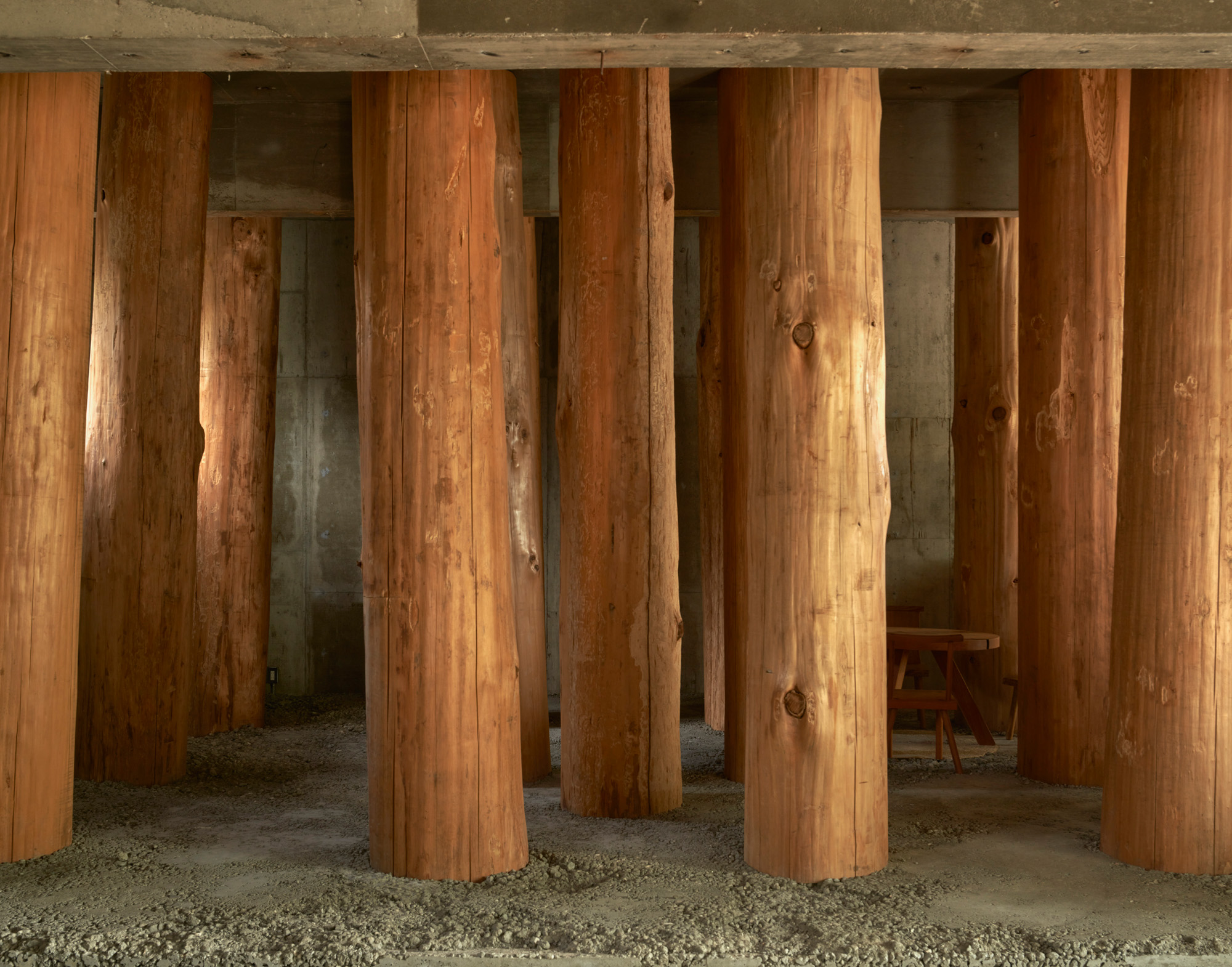
The Meito Arts Association Office, designed by Tomoaki Uno, a 62-year-old Japanese architect, is unlike any other workplace. To enter it, you are forced to bend down, then squeeze through a circular hole cut into the middle of a large cement block. When you’ve straightened up, you are suddenly confronted by large tree trunks towering over you from floor to ceiling. One of them is slightly out of line. ‘We couldn’t fit that one in but I didn’t want to waste it, so we just found a random place for it in between the others,’ the architect says. Its placement makes the room feel more like a real forest, rather than what it is: an architect-designed office space. Could we call it ‘Forest Office’?
‘I don’t mind what you call it,’ Uno says, unperturbed. ‘Each project is like a child I’ve nurtured, but that child will not be a carbon copy of me. Whatever I create as an architect is not a direct expression of me. It will have its own life.’
Uno works intuitively, in a way that is unusual for an architect. The son of a plasterer, he grew up surrounded by craftspeople: ‘Artisans can’t really hide behind their work. The end result will tell you all you need to know about them.’ He is distrustful of fancy words. He never produces architectural models or renders either. So, how does he communicate his ideas to his clients? ‘I promise to all my clients that I will personally come around if something doesn’t work and I’ll get it fixed,’ he replies.
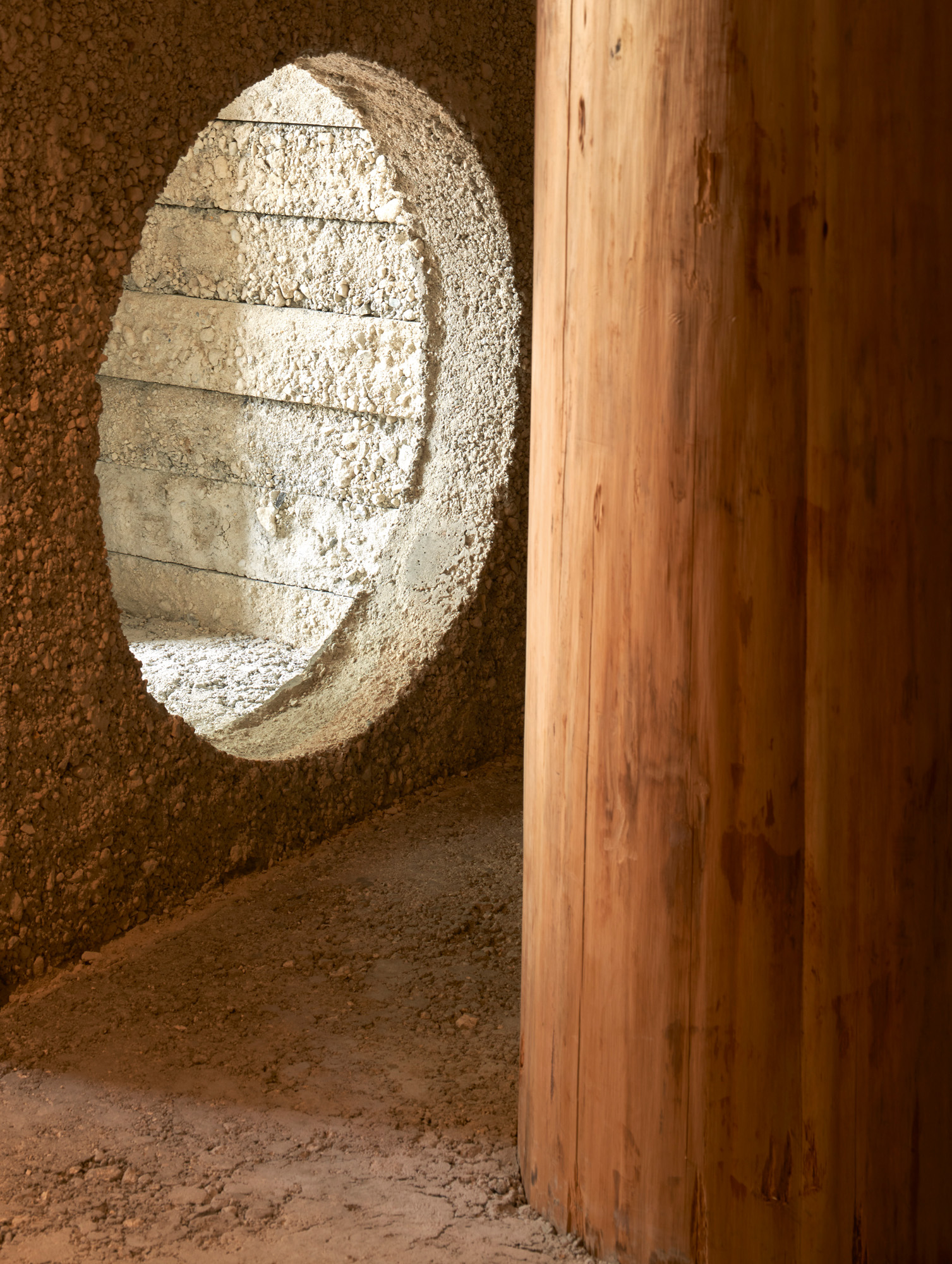
Forest Office by Tomoaki Uno
The office, located in a suburb of Nagoya city, where Uno’s architectural studio is based, has been stripped down to its bare concrete walls. A small kitchen unit has been placed on one side of the entrance, a toilet cubicle on another.
One half of the spacious office, which is located on the ground floor of a non-descript concrete building, contains a lone desk and a chair for Kazunori Ota, a young entrepreneur who has a business importing clothing. Ota works alone. Bags and boxes are strewn on the floor.
Uno recruited his long-term trusted collaborator, Yasutoshi Sakurai, to oversee the construction process. ‘Mr Sakurai is a gardener, so he is in a profession that is deeply in tune with nature,’ says Uno. Each tree trunk, procured from a timber yard in Yoshino, a mountainous region south of Nara for 80,000 yen, roughly £500 each, was lifted upright using pulleys and ropes, then fixed into the air-compressed recycled cement debris covering the entire floor space, averaging 30cm in depth.
The floor is uneven and its roughness recalls the unruly wilderness of nature. Why the tree trunks? Uno believes that the architect’s job is to bring people as close to nature as possible: ‘That’s why I leave materials in their natural state. My clients can then experience nature through the houses I build for them, through light, humidity, wood, cement, smell and noise…’
Receive our daily digest of inspiration, escapism and design stories from around the world direct to your inbox.
‘I wasn’t prepared for the loud crackling sound coming out of these tree trunks when I first moved into the office,’ Ota recalls. The sound is caused by the raw tree trunks, as they dry out. The architect says that the sound of new wood crackling was frequently heard in traditional minka houses: ‘It was as if these houses were alive.’
Uno had previously designed a house for Ota, not far from the new office. The businessman, who studied art as a student, didn’t want a conventional work space. Uno was given free rein. ‘I had no idea how the tree trunks would fill up the space – to be honest with you, I was shocked to see how big they seemed when they turned up.’
Uno set up his own studio in 1990 at the age of 30, and now has a portfolio of around 40 built projects, mostly houses. He has developed a small but significant fan base outside Japan, mainly in Mexico and Brazil. The architect, however, remains under the radar for most people, perhaps because he is that tree trunk that has been placed off the grid.
A version of this article appears in the April 2023 issue of Wallpaper*, available in print from 9 March, on the Wallpaper* app on Apple iOS, and to subscribers of Apple News +. Subscribe to Wallpaper* today
-
 Art-filled Embassy House in Buenos Aires has all the right connections
Art-filled Embassy House in Buenos Aires has all the right connectionsKallos Turin transforms a former diplomatic residence in Buenos Aires into a private family home with a mission to reconcile past and present
-
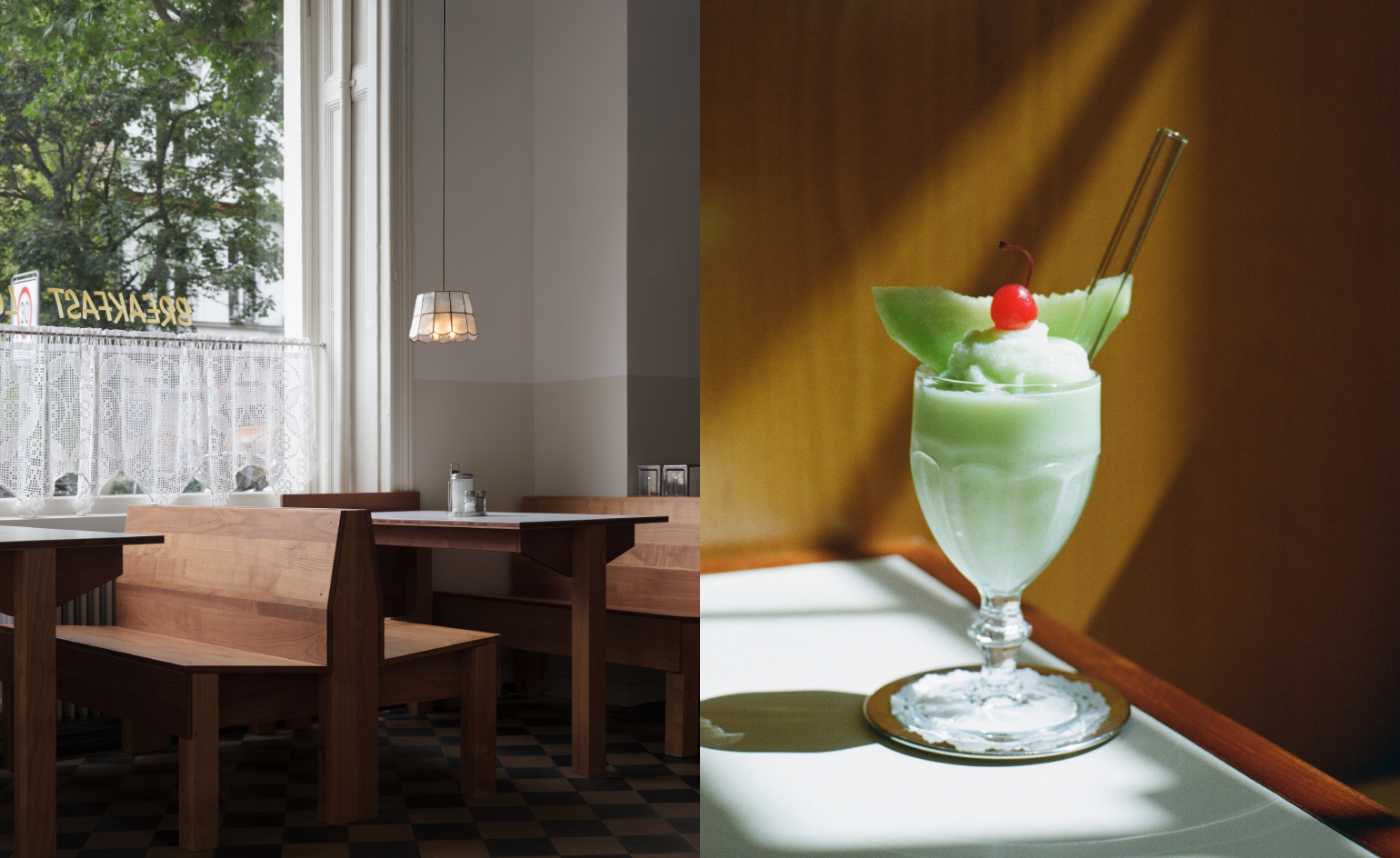 Let’s go Deutsch – a date with Berlin’s new-wave diners
Let’s go Deutsch – a date with Berlin’s new-wave dinersIn the German capital, the diner is being reinvented as a contemporary hub for cosmopolitan flavours, conviviality and near-Nora Ephron levels of delight
-
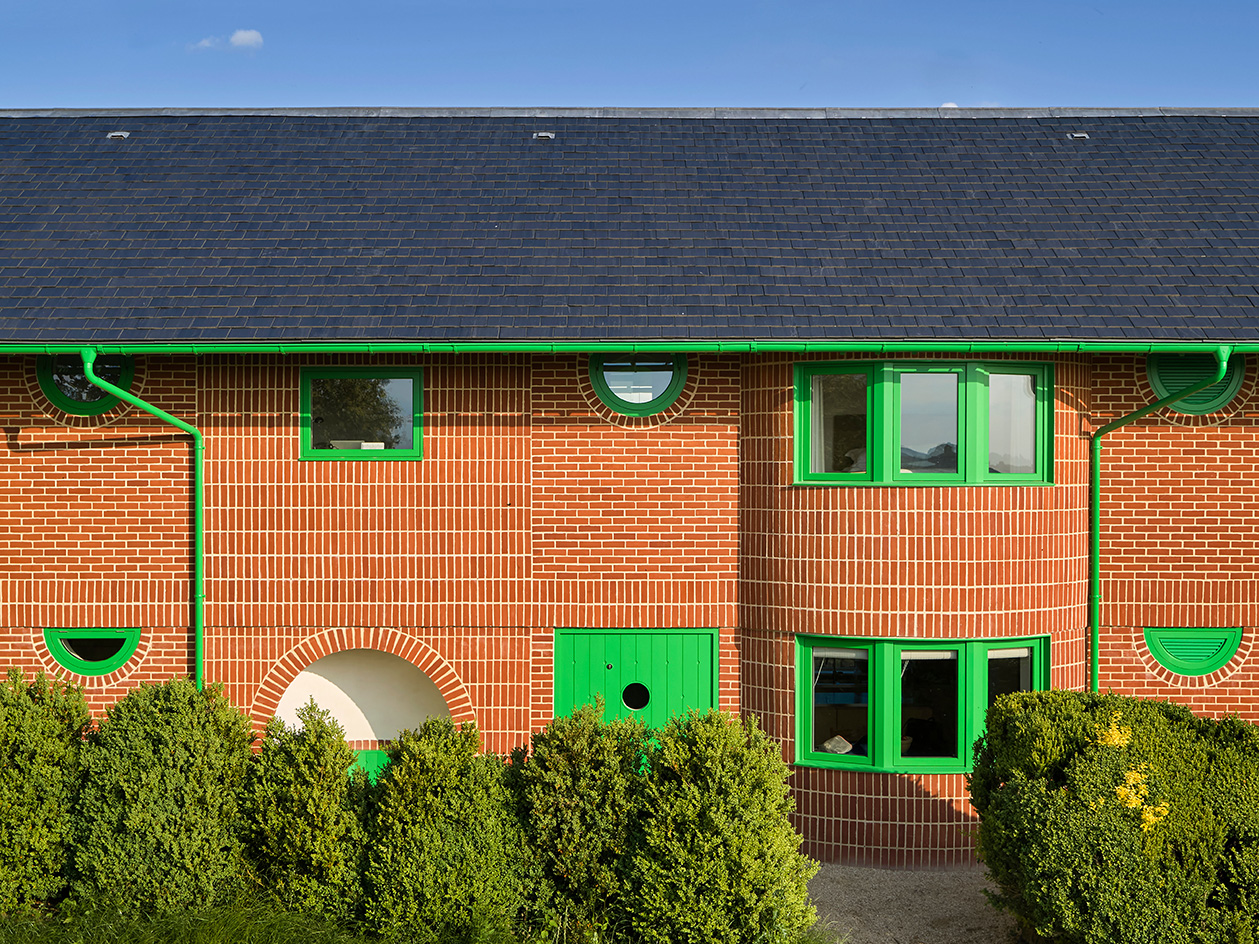 David Kohn’s first book, ‘Stages’, is unpredictable, experimental and informative
David Kohn’s first book, ‘Stages’, is unpredictable, experimental and informativeThe first book on David Kohn Architects focuses on the work of the award-winning London-based practice; ‘Stages’ is an innovative monograph in 12 parts
-
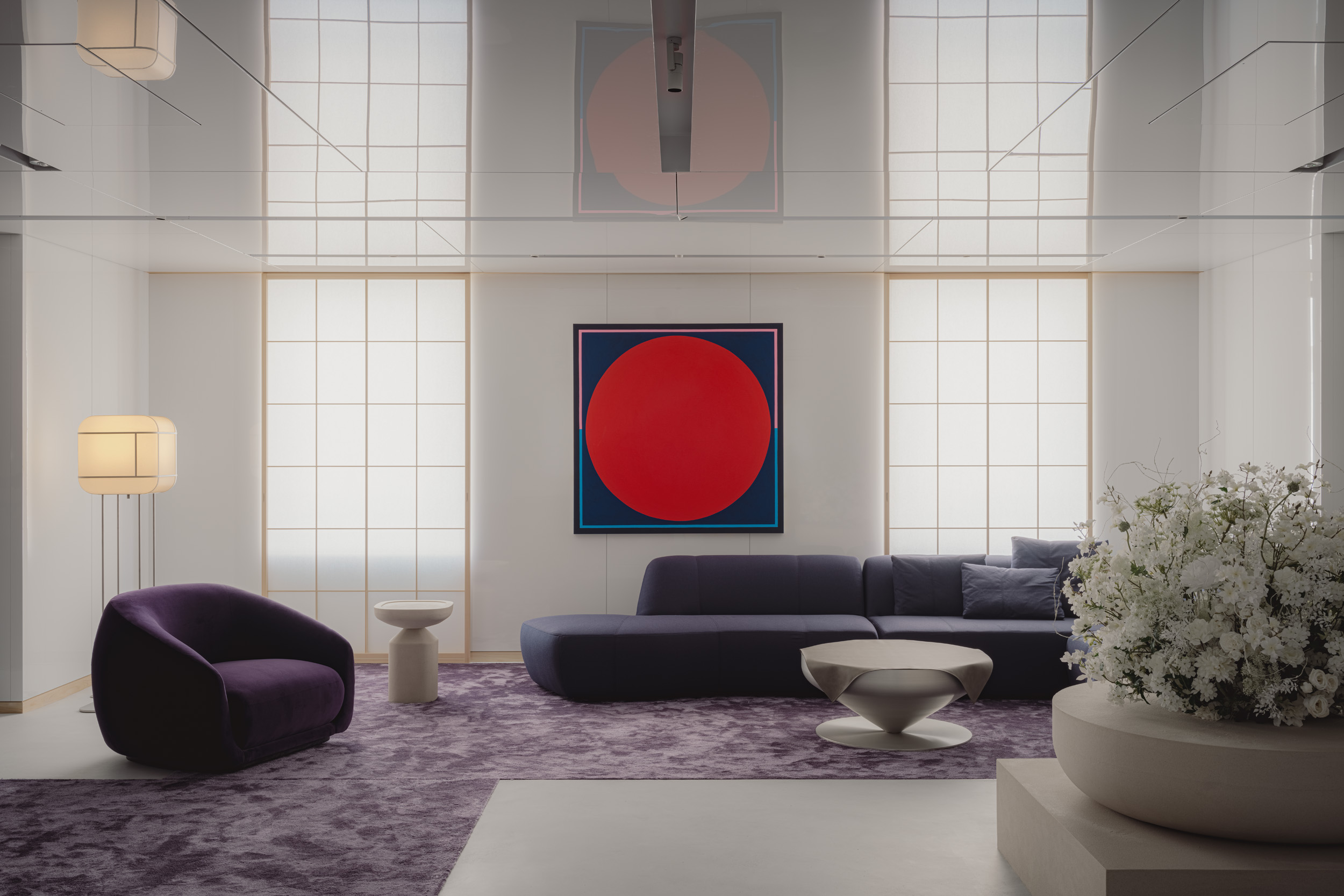 Matsuya Ginza lounge is a glossy haven at Tokyo’s century-old department store
Matsuya Ginza lounge is a glossy haven at Tokyo’s century-old department storeA new VIP lounge inside Tokyo’s Matsuya Ginza department store, designed by I-IN, balances modernity and elegance
-
 The Architecture Edit: Wallpaper’s houses of the month
The Architecture Edit: Wallpaper’s houses of the monthThis September, Wallpaper highlighted a striking mix of architecture – from iconic modernist homes newly up for sale to the dramatic transformation of a crumbling Scottish cottage. These are the projects that caught our eye
-
 Utopian, modular, futuristic: was Japanese Metabolism architecture's raddest movement?
Utopian, modular, futuristic: was Japanese Metabolism architecture's raddest movement?We take a deep dive into Japanese Metabolism, the pioneering and relatively short-lived 20th-century architecture movement with a worldwide impact; explore our ultimate guide
-
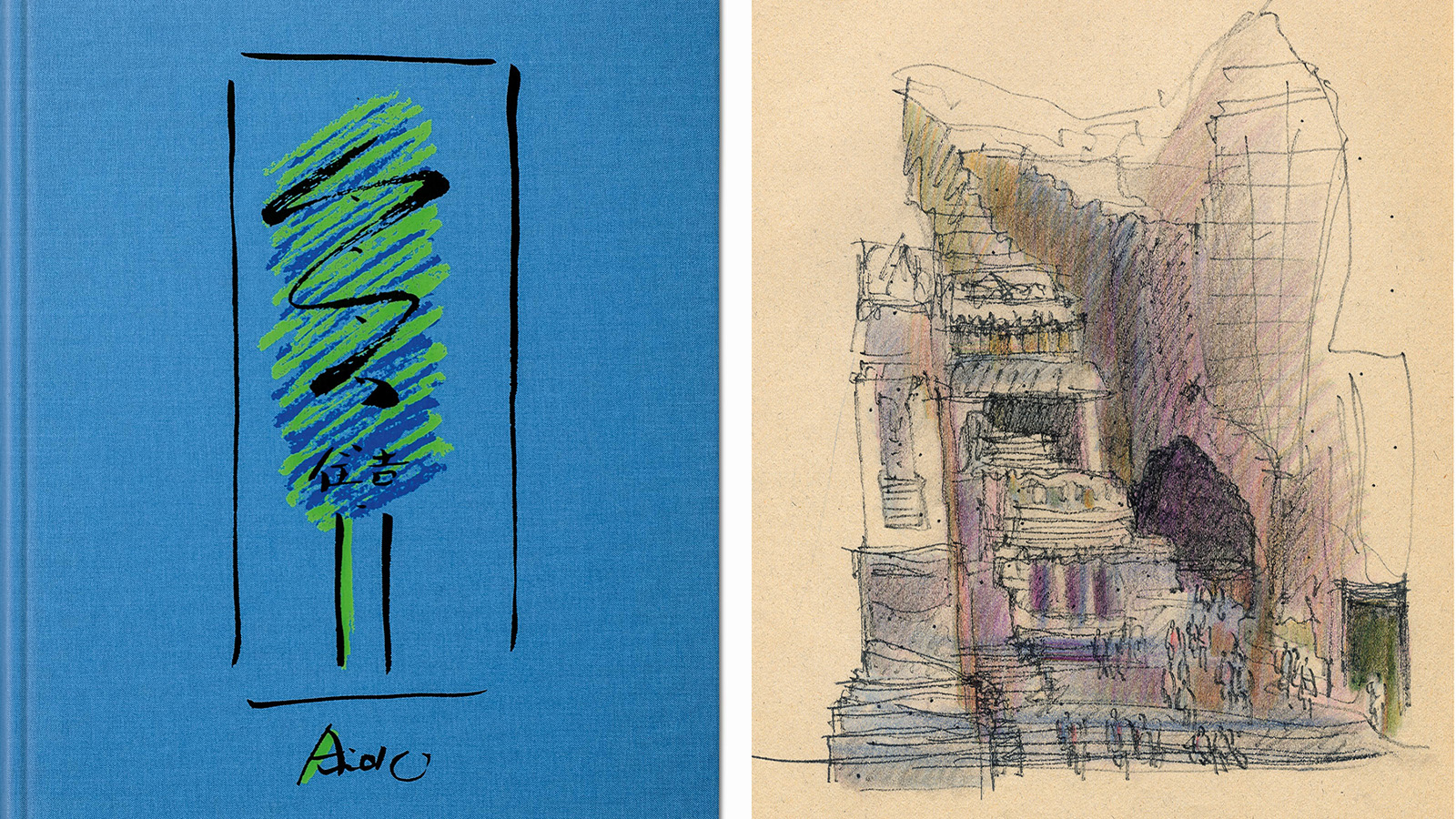 A new Tadao Ando monograph unveils the creative process guiding the architect's practice
A new Tadao Ando monograph unveils the creative process guiding the architect's practiceNew monograph ‘Tadao Ando. Sketches, Drawings, and Architecture’ by Taschen charts decades of creative work by the Japanese modernist master
-
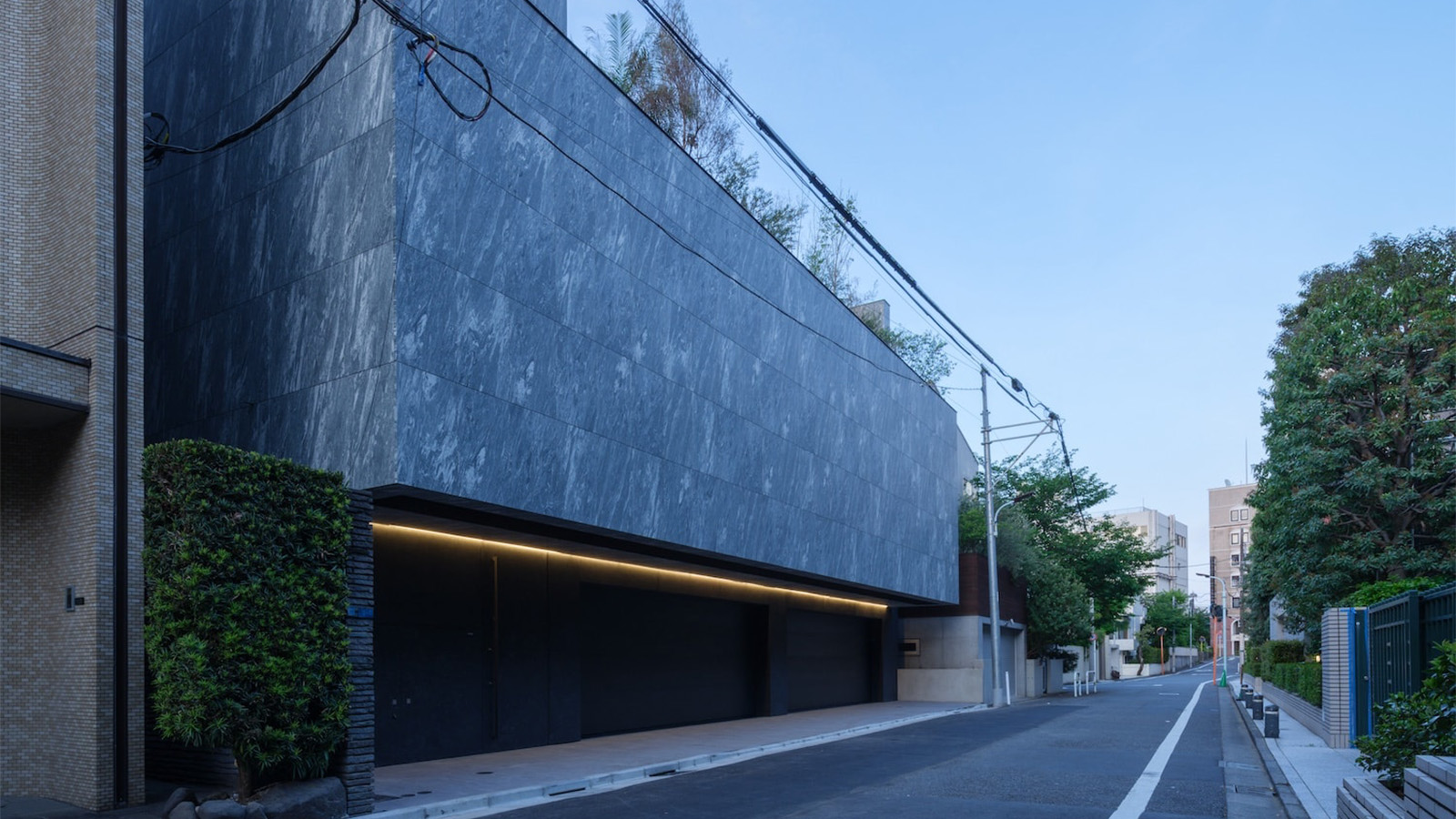 A Tokyo home’s mysterious, brutalist façade hides a secret urban retreat
A Tokyo home’s mysterious, brutalist façade hides a secret urban retreatDesigned by Apollo Architects, Tokyo home Stealth House evokes the feeling of a secluded resort, packaged up neatly into a private residence
-
 Landscape architect Taichi Saito: ‘I hope to create gentle landscapes that allow people’s hearts to feel at ease’
Landscape architect Taichi Saito: ‘I hope to create gentle landscapes that allow people’s hearts to feel at ease’We meet Taichi Saito and his 'gentle' landscapes, as the Japanese designer discusses his desire for a 'deep and meaningful' connection between humans and the natural world
-
 Campaigners propose reuse to save Kenzo Tange’s modernist ‘Ship Gymnasium’ in Japan
Campaigners propose reuse to save Kenzo Tange’s modernist ‘Ship Gymnasium’ in JapanThe Pritzker Prize-winning architect’s former Kagawa Prefectural Gymnasium is at risk of demolition; we caught up with the campaigners who hope to save it
-
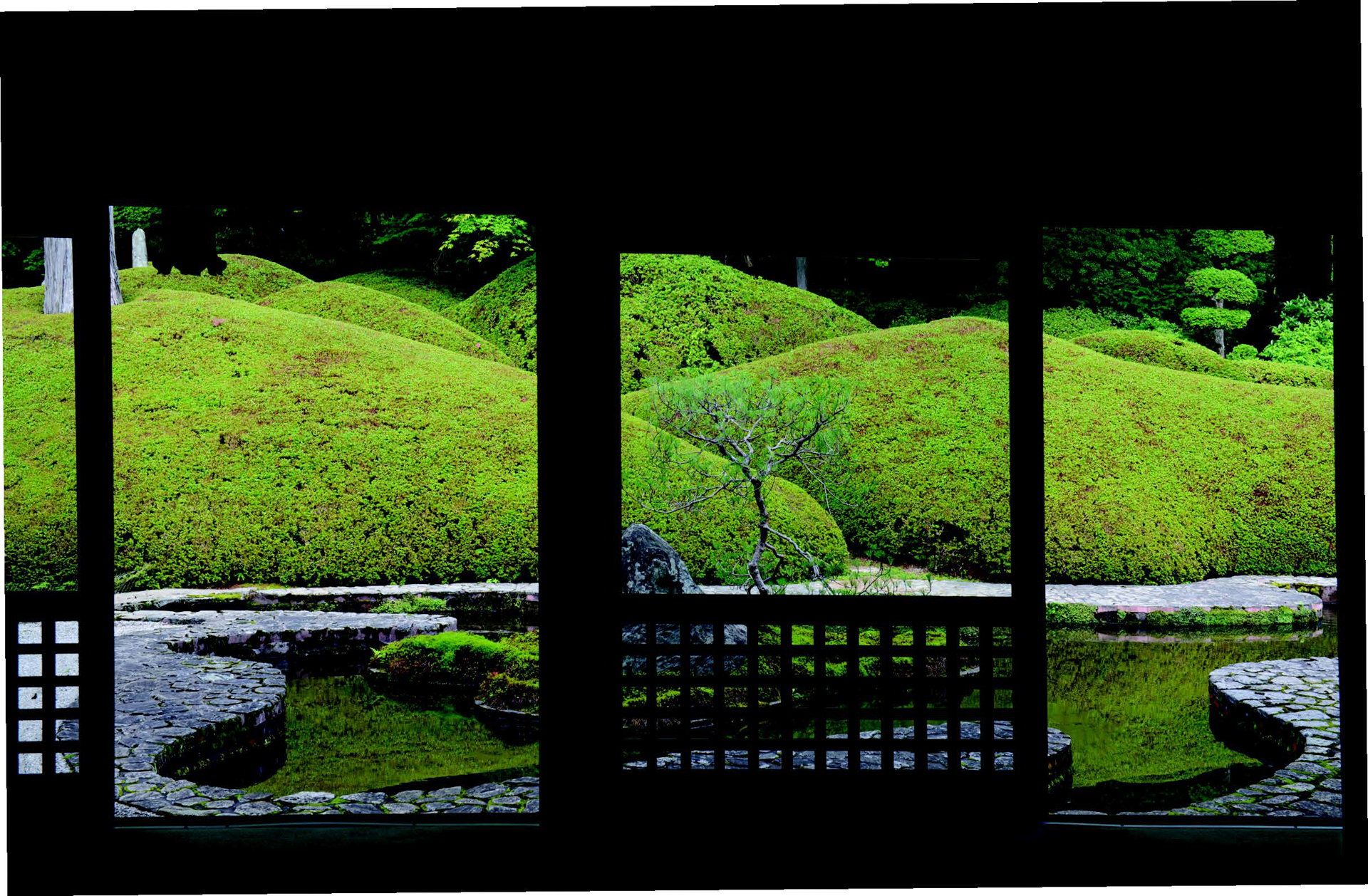 A new photo book explores the symbolic beauty of the Japanese garden
A new photo book explores the symbolic beauty of the Japanese garden‘Modern Japanese Gardens’ from Thames & Hudson traces the 20th-century evolution of these serene spaces, where every element has a purpose